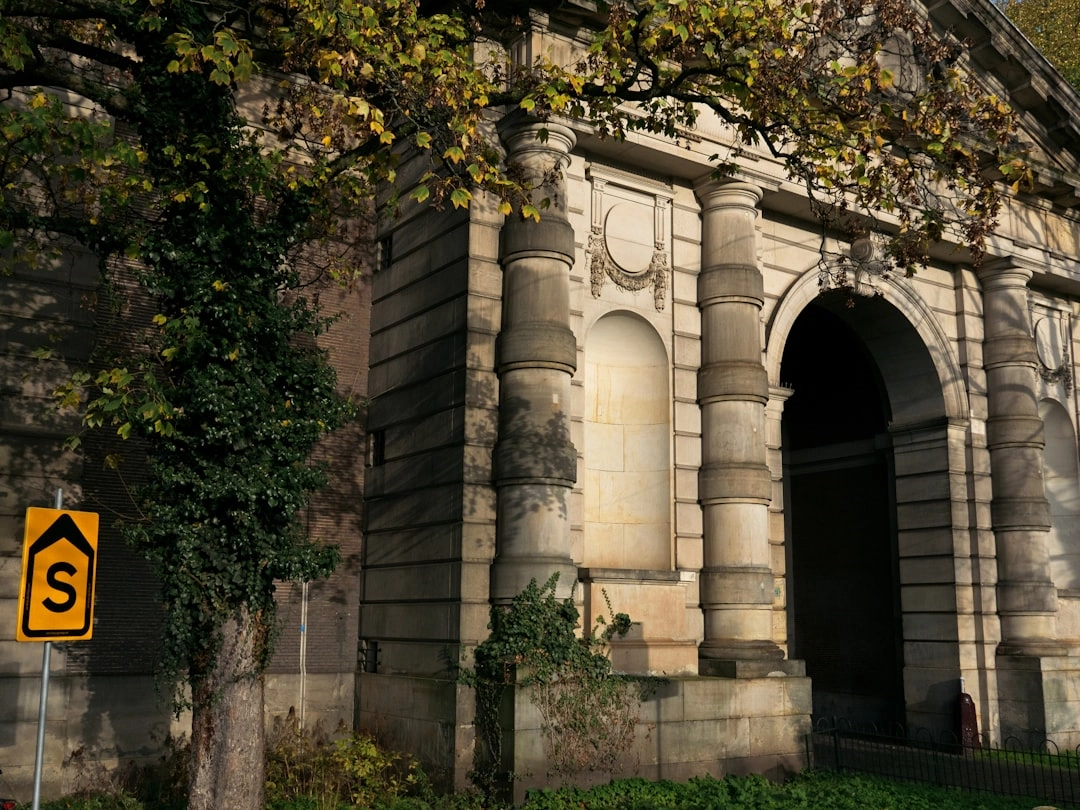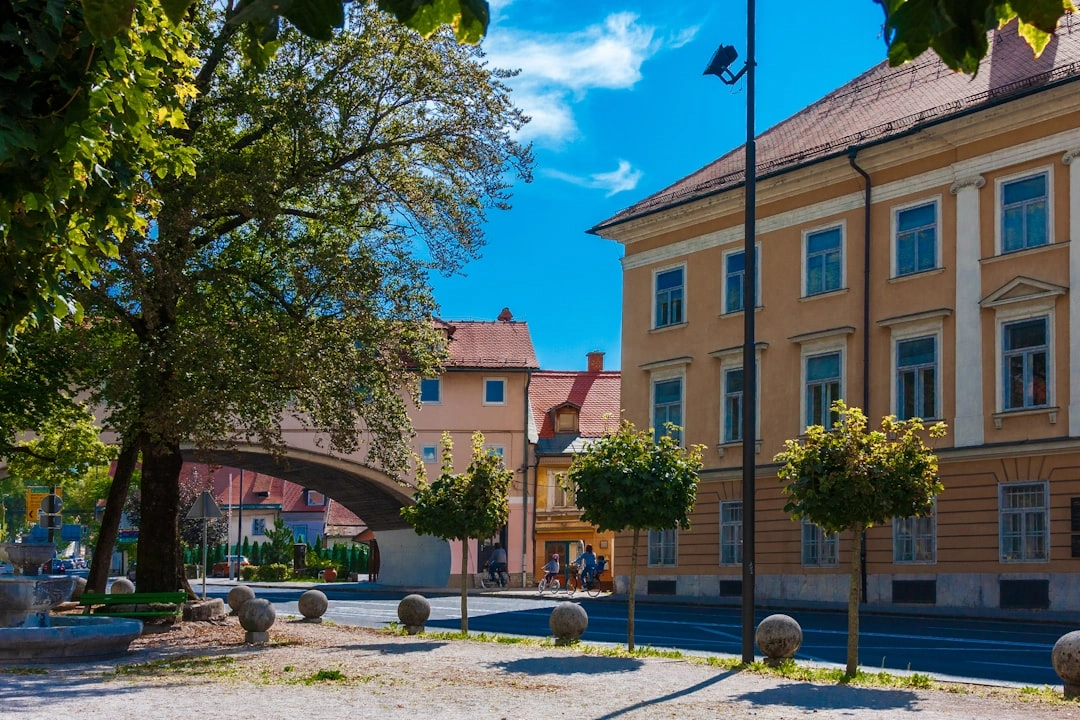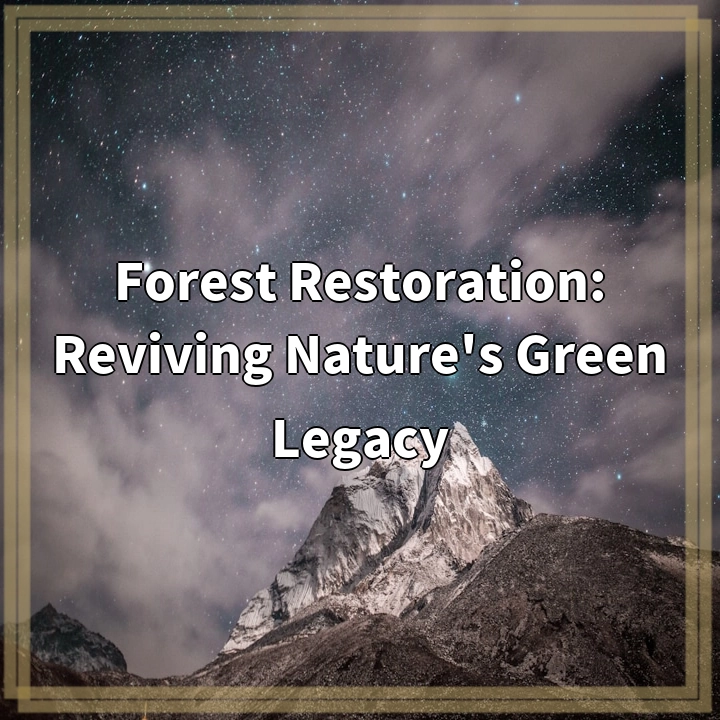
What is Sustainable Preservation?
Sustainable preservation is an approach to protecting and conserving historic sites and buildings while also taking into consideration the environmental impact and long-term sustainability. It goes beyond traditional preservation practices by integrating sustainable design principles, energy efficiency measures, and environmentally friendly materials and systems.
Real-World Problems Associated with Sustainable Preservation
Sustainable preservation faces several challenges in the real world, which need to be addressed to ensure effective implementation and success:
1. Balancing Preservation and Development
One of the main challenges of sustainable preservation is finding a balance between preserving the historical significance of a site while allowing for necessary renovations and adaptations. Striking a balance that maintains the integrity of the historic fabric while meeting the needs of modern users can be a delicate task.
2. Financial Constraints
Preserving and maintaining historic sites can be expensive, especially when sustainable practices and technologies are introduced. Funding is often limited, making it challenging to invest in energy-efficient systems, green materials, and specialized expertise. Finding innovative financing models and securing grants and donations are crucial to overcome these financial constraints.
3. Retrofitting Challenges
Many historic buildings were not initially designed with energy efficiency in mind, resulting in poor insulation, inefficient HVAC systems, and outdated infrastructure. Retrofitting these structures while preserving their historical character can be complex and costly. Finding appropriate solutions to upgrade the building’s performance without compromising its historic integrity is a constant challenge for sustainable preservationists.
4. Lack of Awareness and Education
There is often a lack of awareness and understanding among the general public and even within the preservation community about the importance and benefits of sustainable preservation. Education and outreach initiatives are necessary to promote the value of integrating sustainability into preservation practices and to foster support and engagement from various stakeholders.
5. Climate Change and Natural Disasters
Climate change poses significant threats to historic sites, including rising sea levels, extreme weather events, and increased humidity. These factors can accelerate deterioration, increase the risk of damage from natural disasters, and challenge the long-term preservation of vulnerable sites. Planning for climate resilience and implementing proactive measures become crucial in sustainable preservation efforts.
Addressing these real-world problems is essential for sustainable preservation practitioners, policymakers, and communities to ensure the successful preservation of historic sites while embracing environmentally conscious practices for a greener future.

Solutions for Sustainable Preservation
While sustainable preservation faces challenges, several solutions can help overcome these obstacles and promote the successful integration of environmental practices into historic preservation:
1. Integrated Design Approach
Adopting an integrated design approach brings together preservation experts, architects, engineers, and sustainability professionals from the early stages of a project. This collaborative effort ensures that sustainable practices are incorporated without compromising the historic character of the site.
2. Funding and Financial Incentives
Exploring innovative funding mechanisms, such as public-private partnerships, grants, and tax incentives, can help alleviate the financial constraints of sustainable preservation. Governments and organizations can provide financial support to projects that demonstrate a commitment to environmental sustainability.
3. Adaptive Reuse and Retrofitting
Embracing adaptive reuse and retrofitting allows historic buildings to meet modern efficiency standards while preserving their architectural significance. Careful planning and use of sustainable materials and technologies can improve energy efficiency and reduce environmental impact.
4. Education and Public Engagement
Enhancing public awareness and understanding of sustainable preservation is crucial. Education programs, community outreach, and public events can help promote the value of integrating sustainable practices and garner support from the public. Engaging local communities in the preservation process can foster stewardship and ensure the long-term success of projects.
5. Climate Resilience and Adaptation
Incorporating climate resilience and adaptation strategies into preservation efforts is essential to protect historic sites from the impacts of climate change. This includes implementing measures to mitigate the risks of flooding, extreme weather events, and rising sea levels, as well as considering the long-term effects of climate change on site preservation.
By implementing these solutions, sustainable preservation can thrive, preserving our past while embracing environmentally friendly practices for a greener future.















